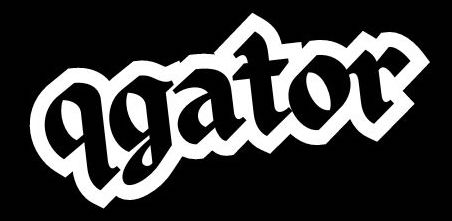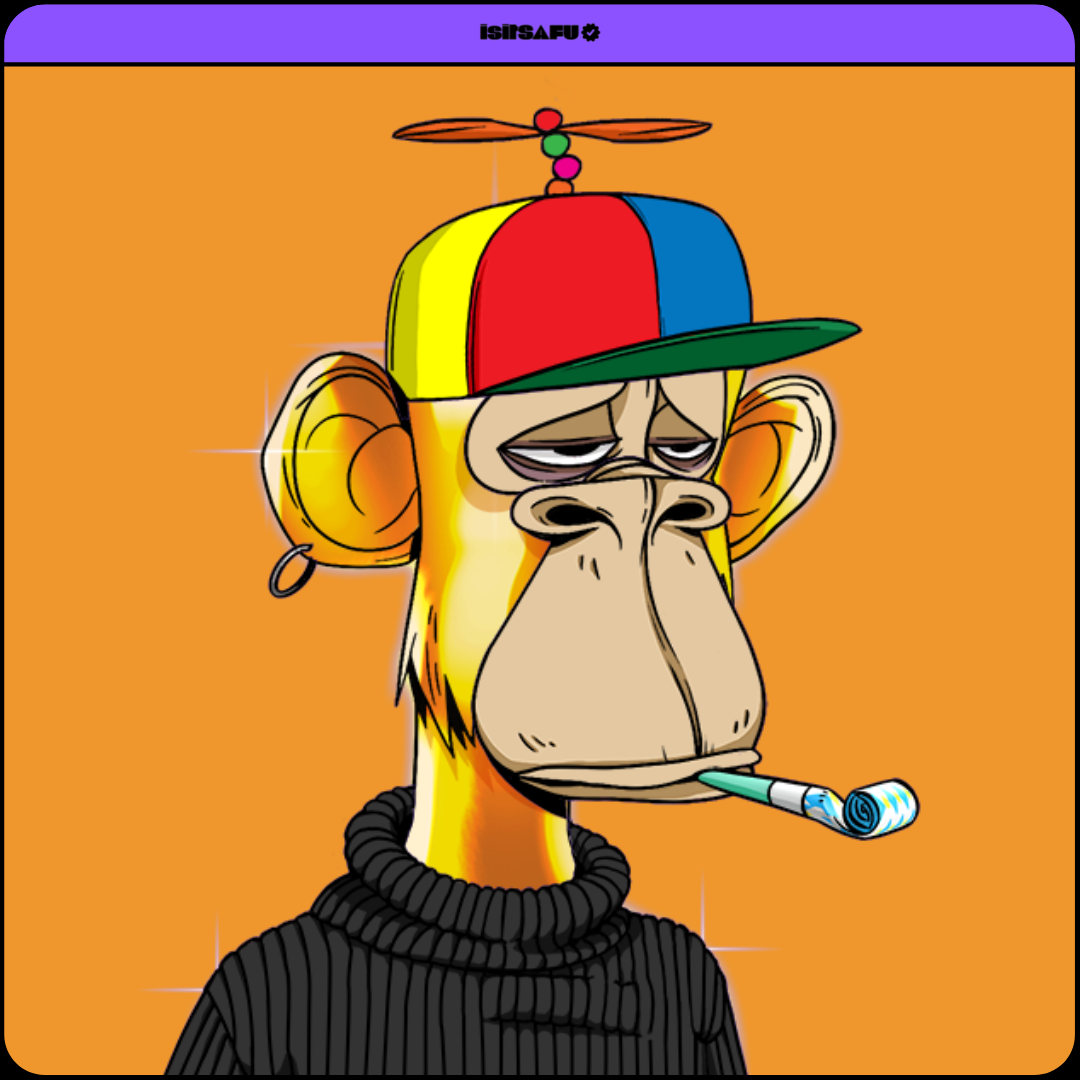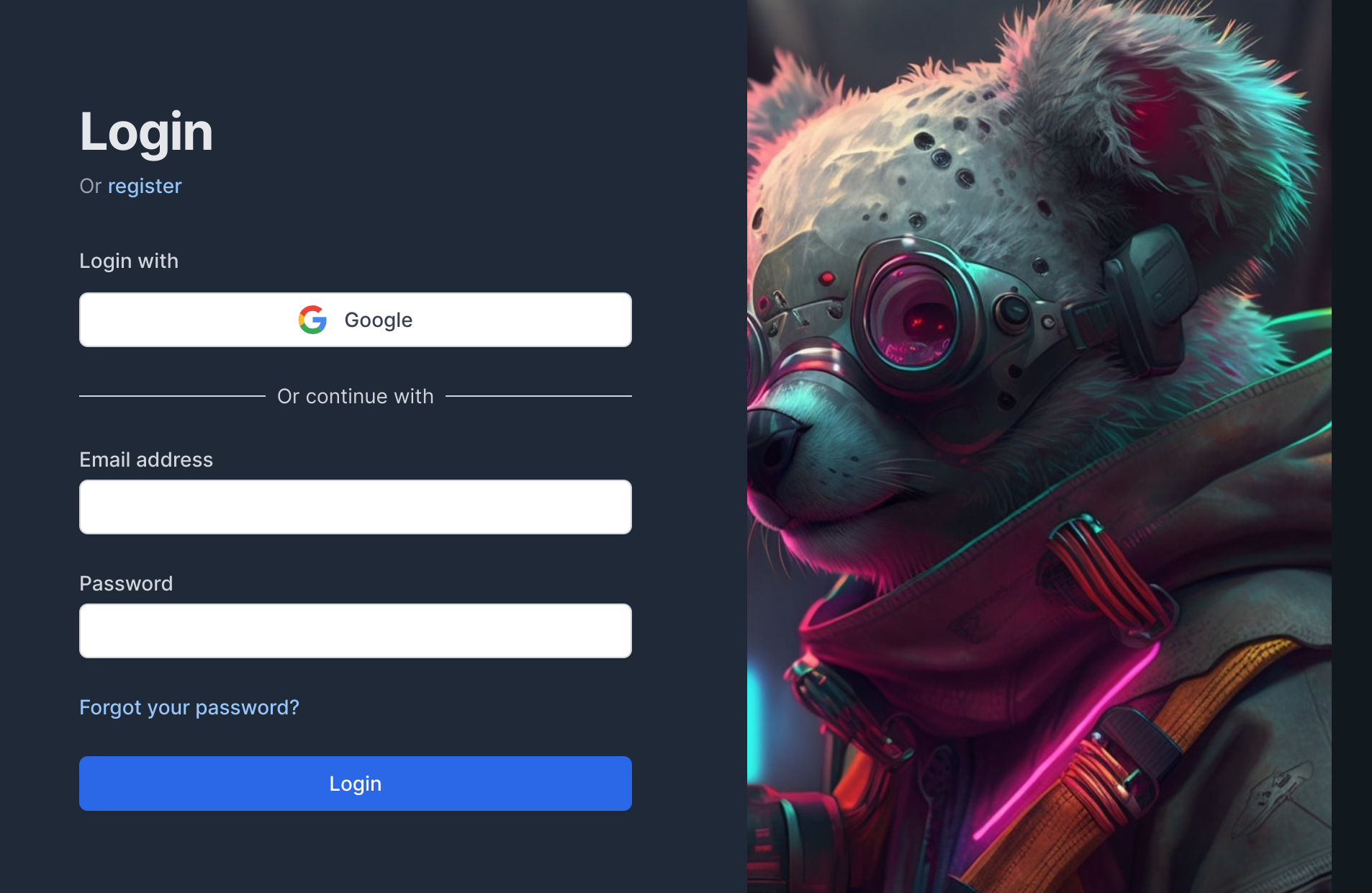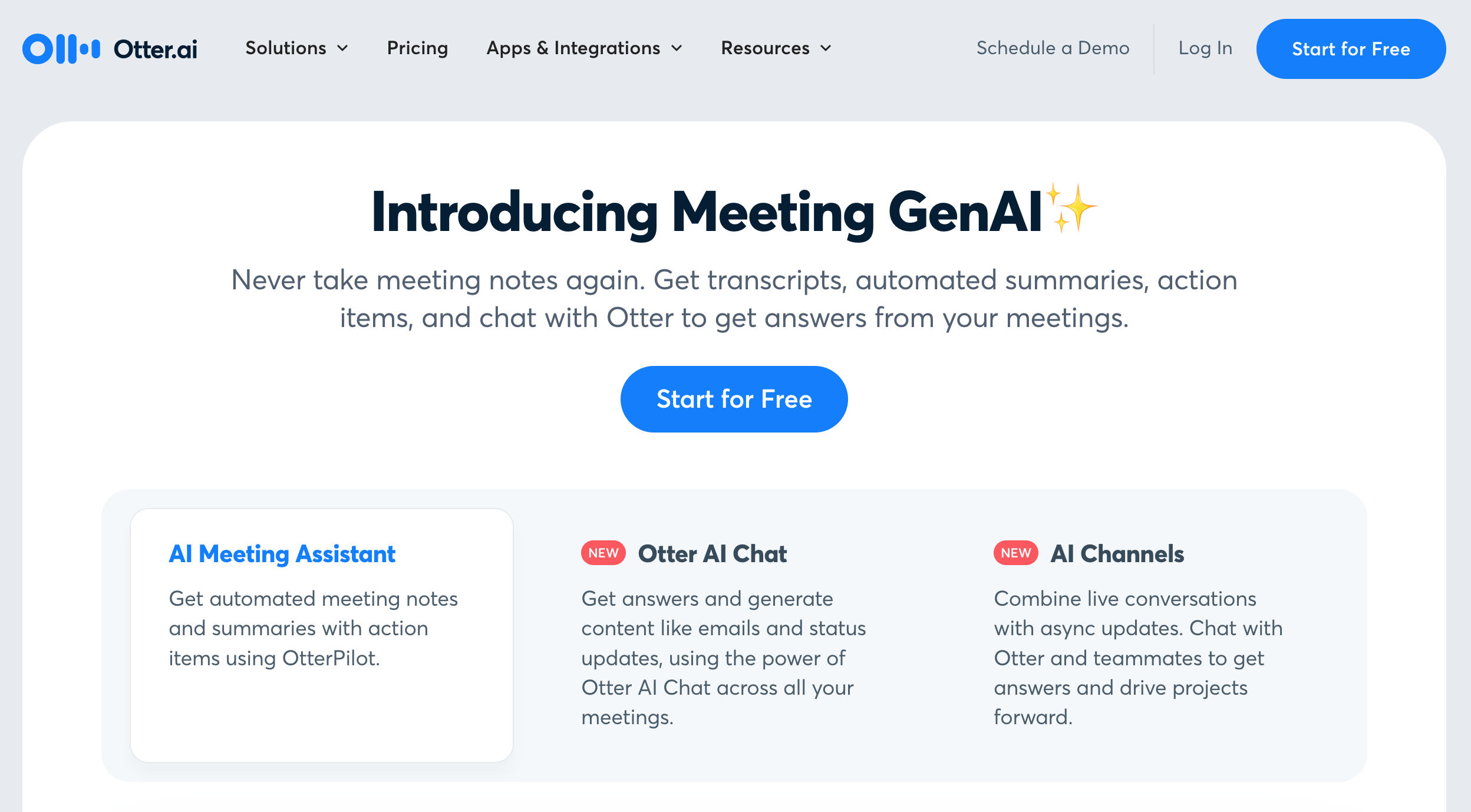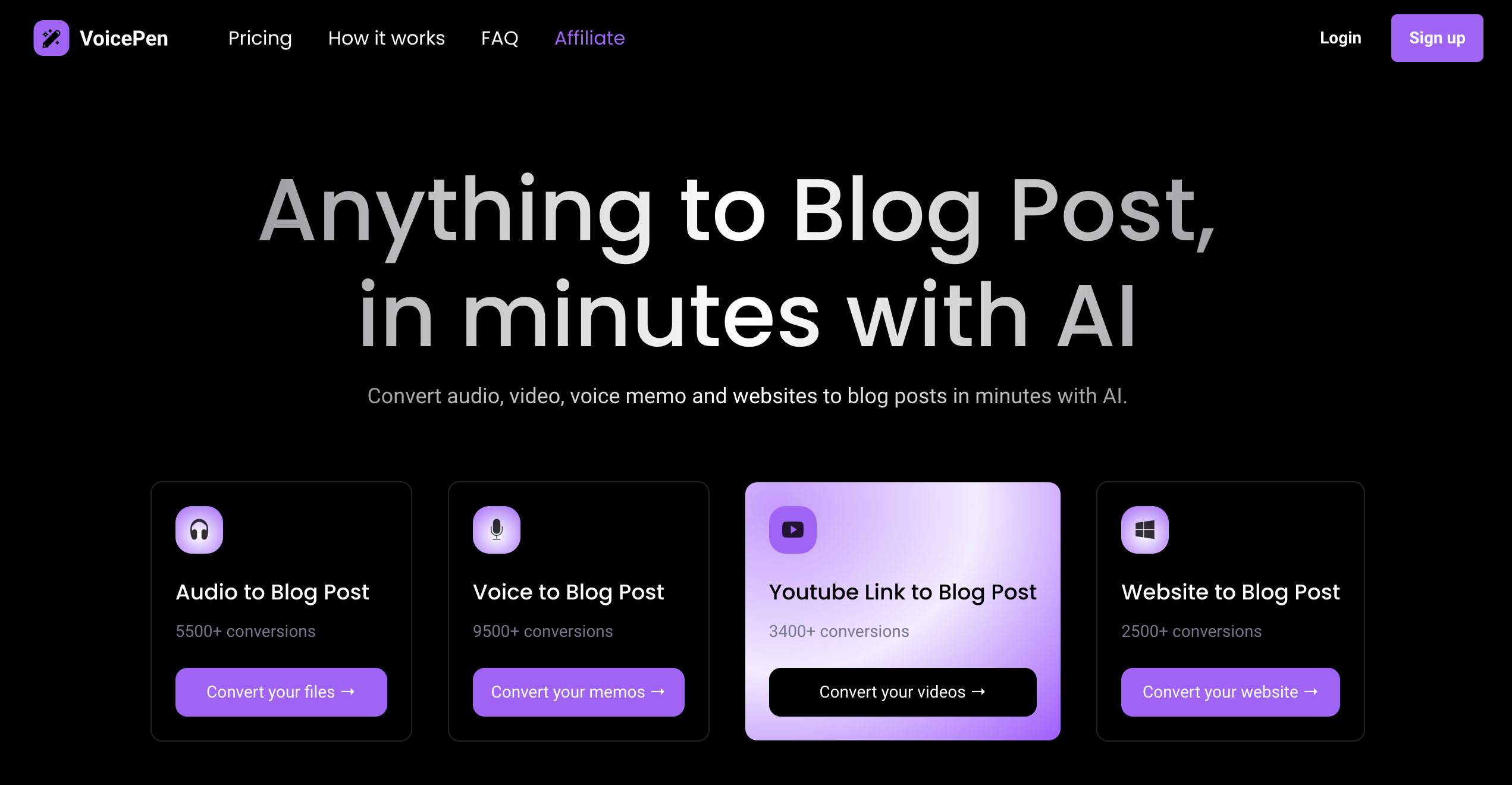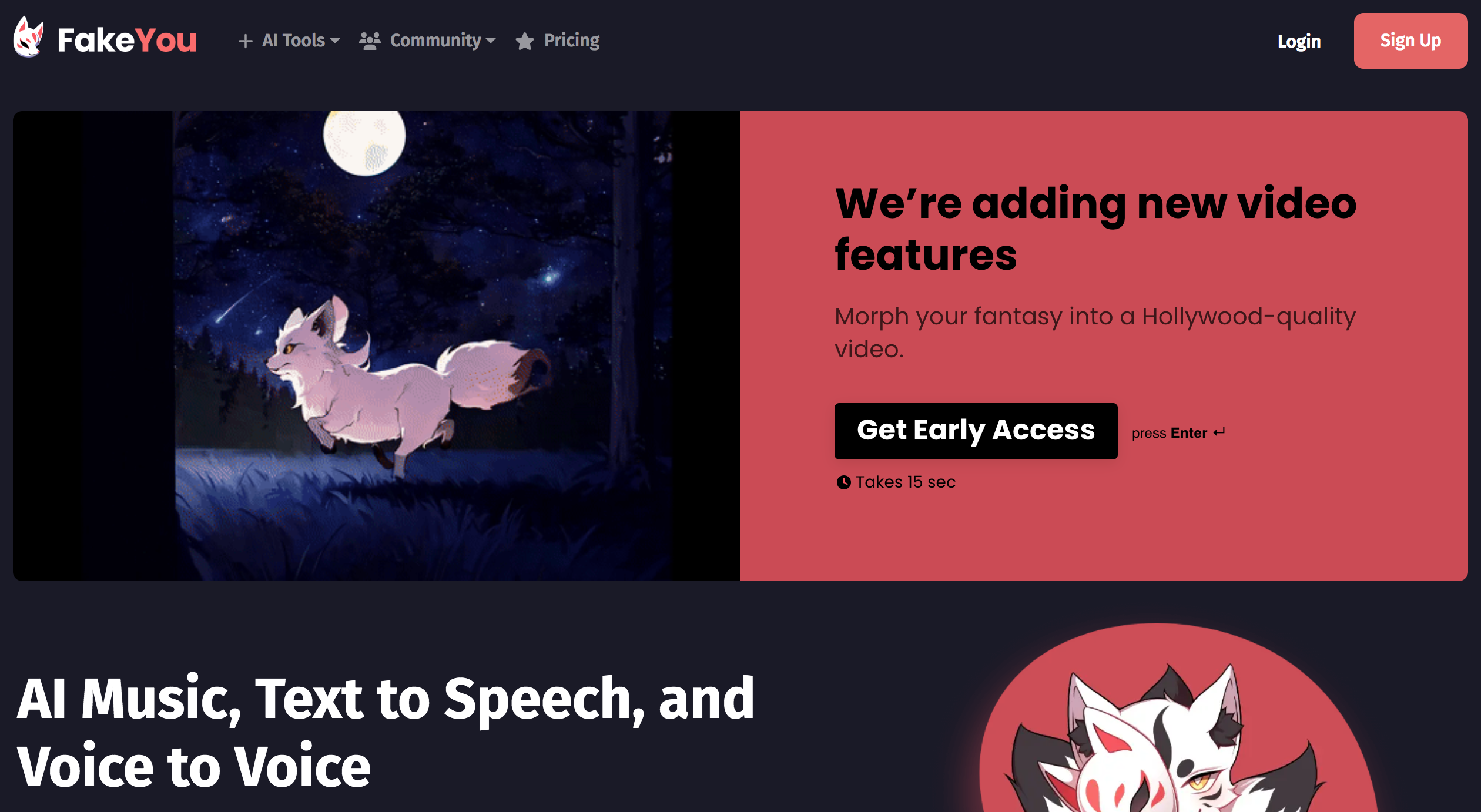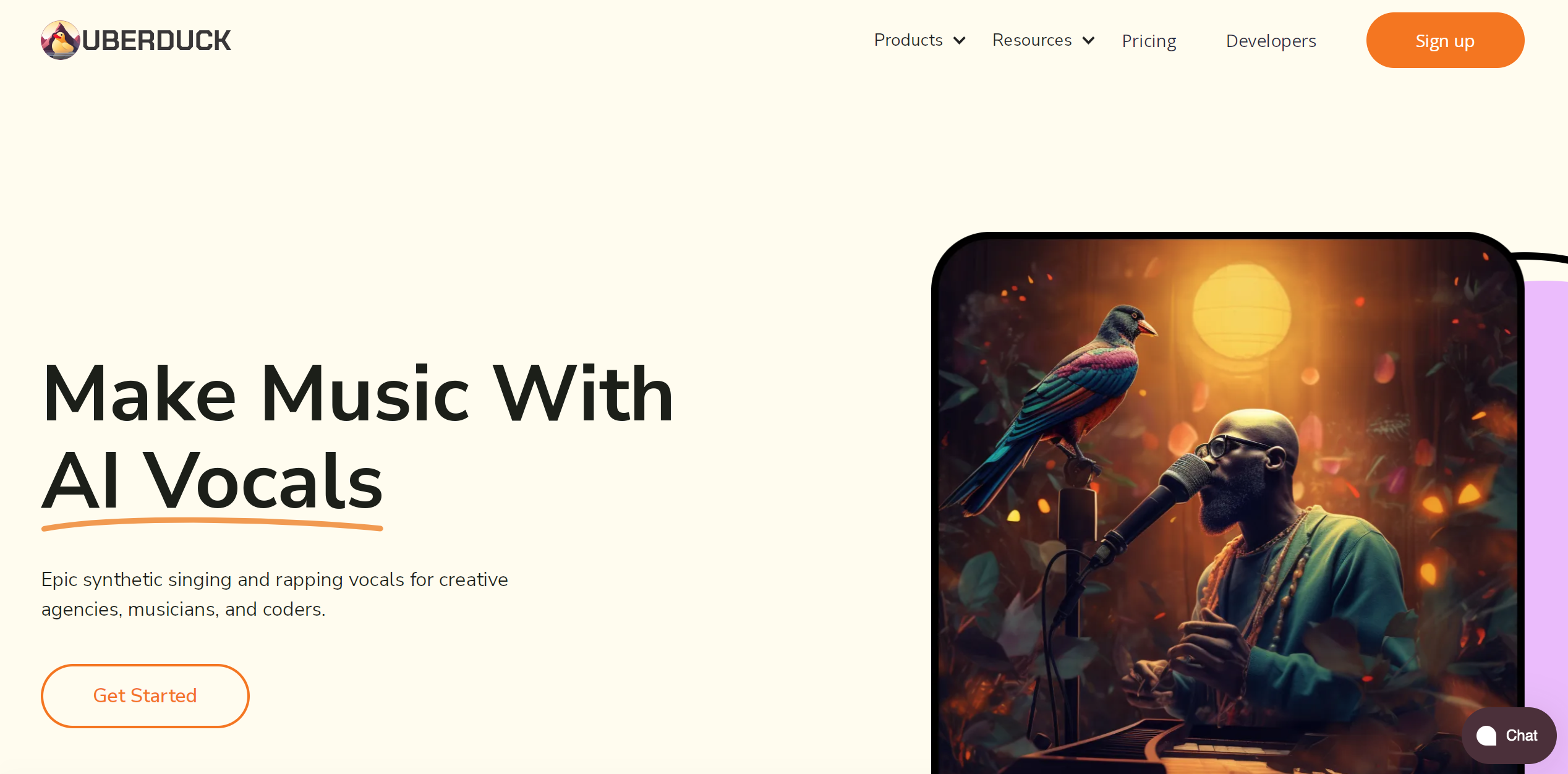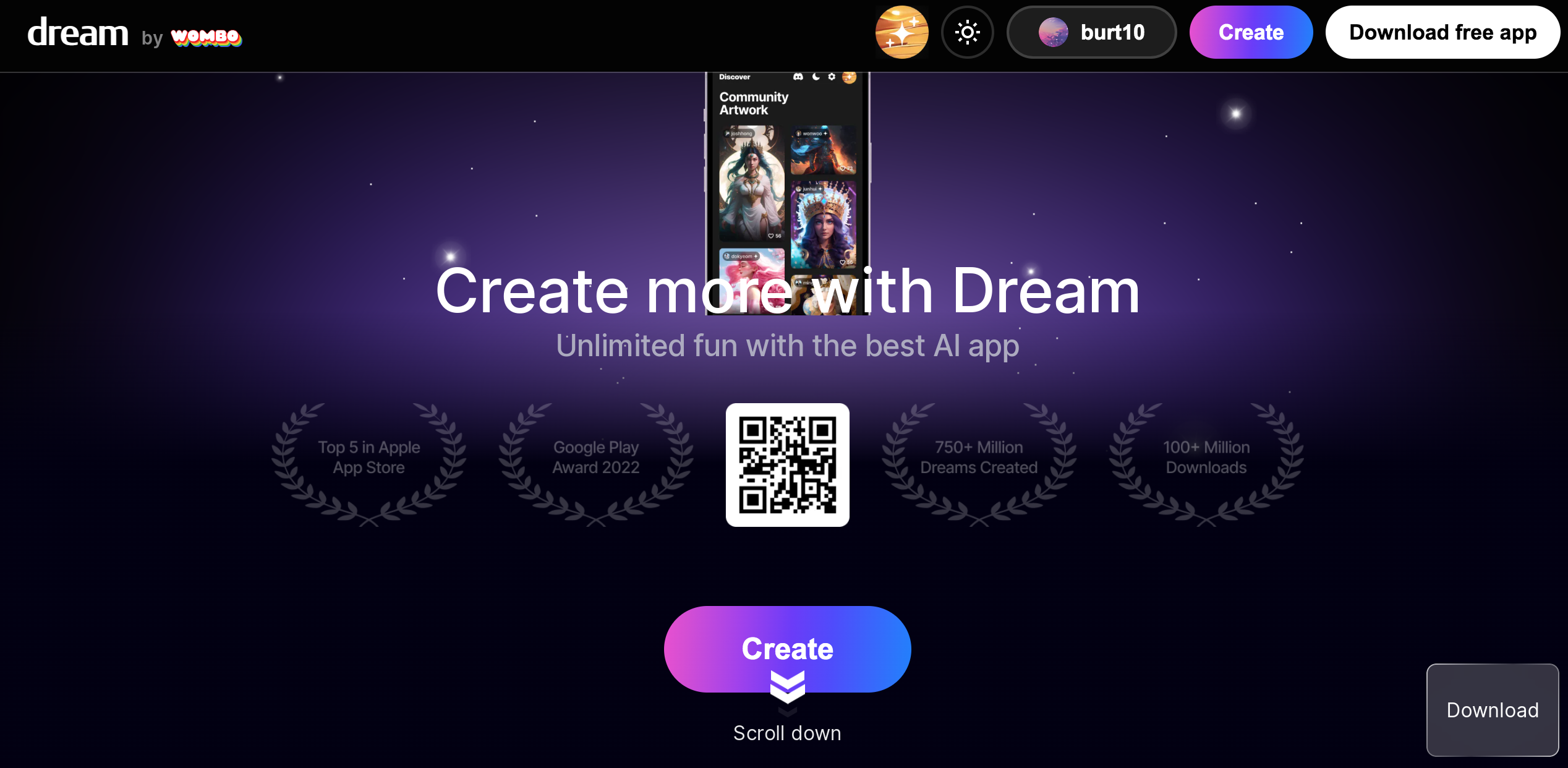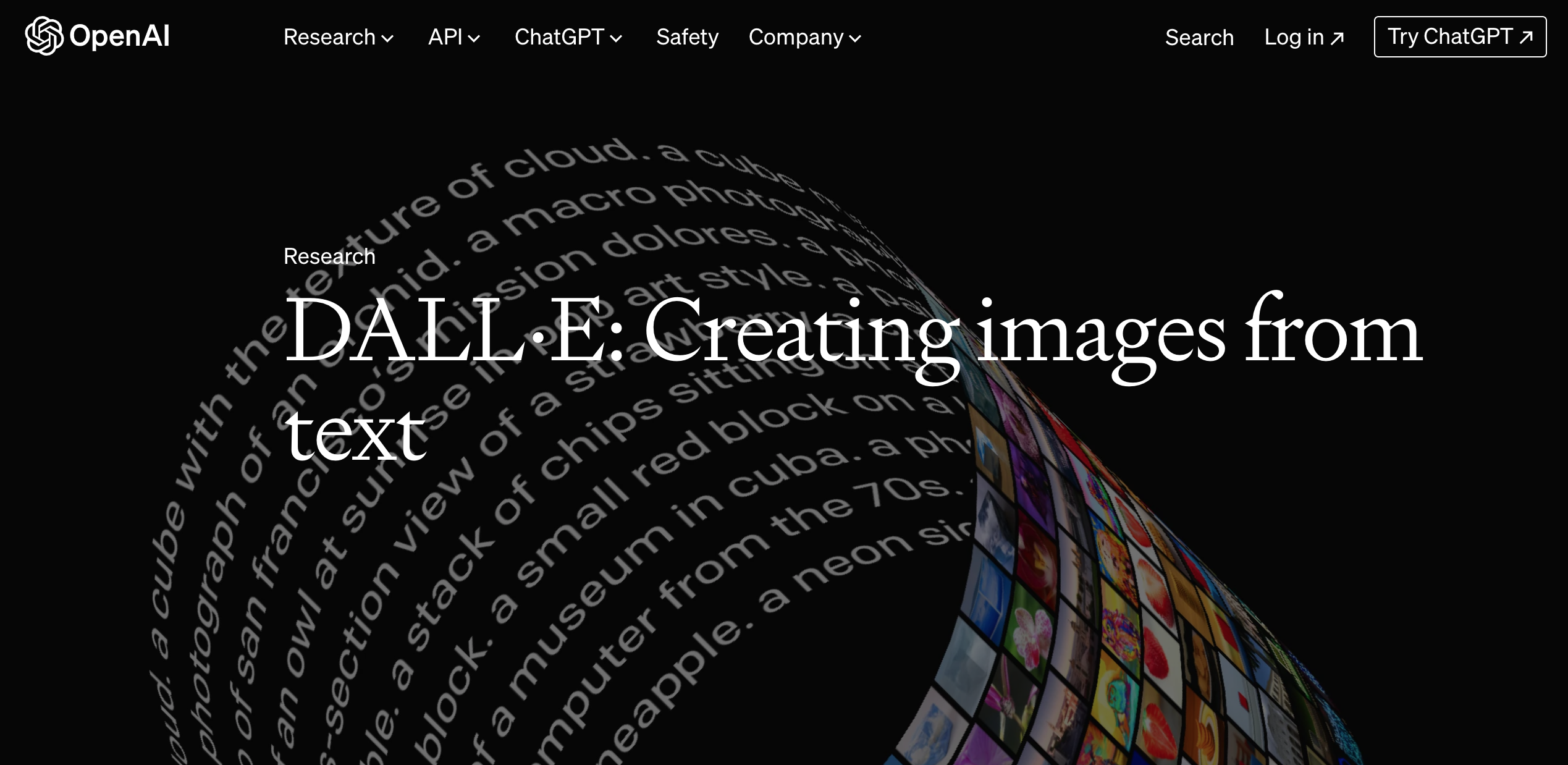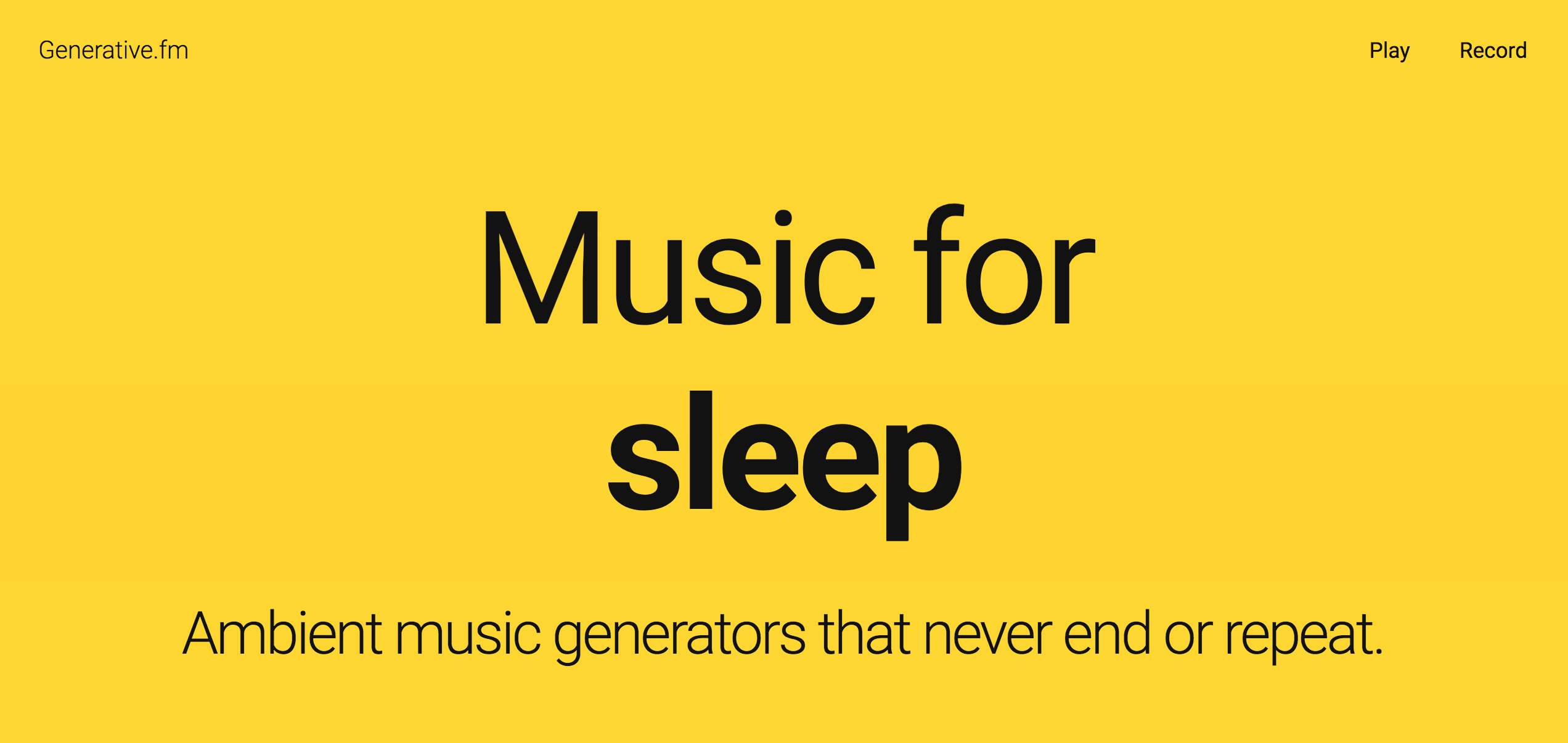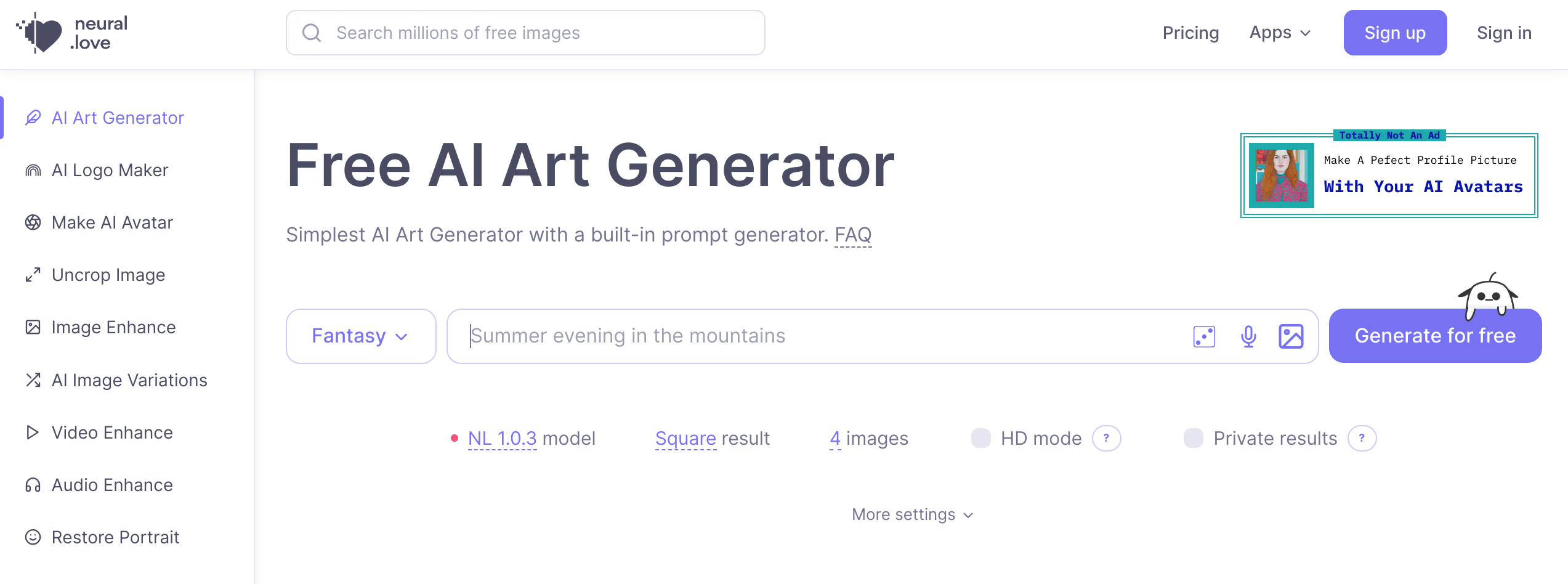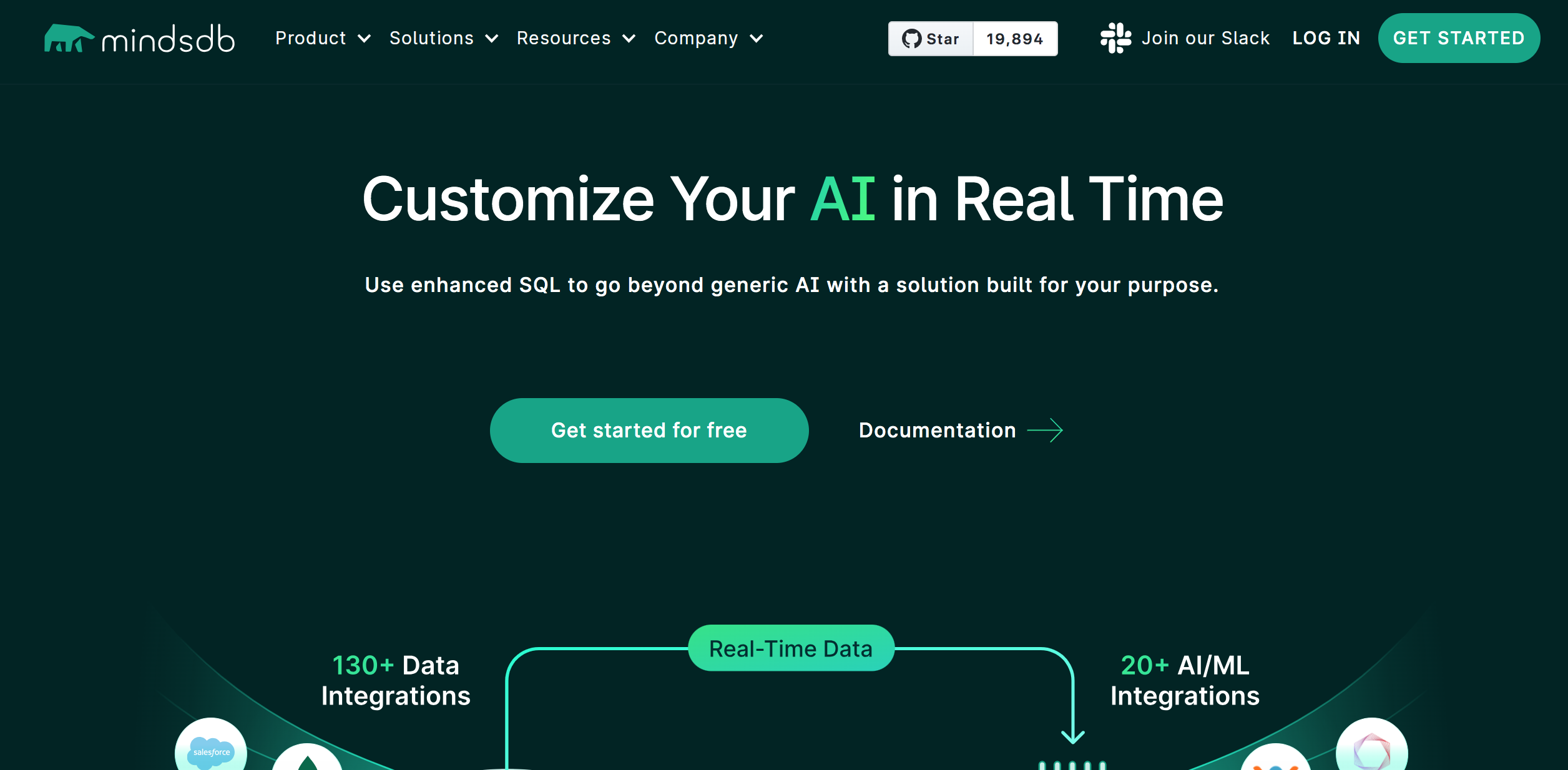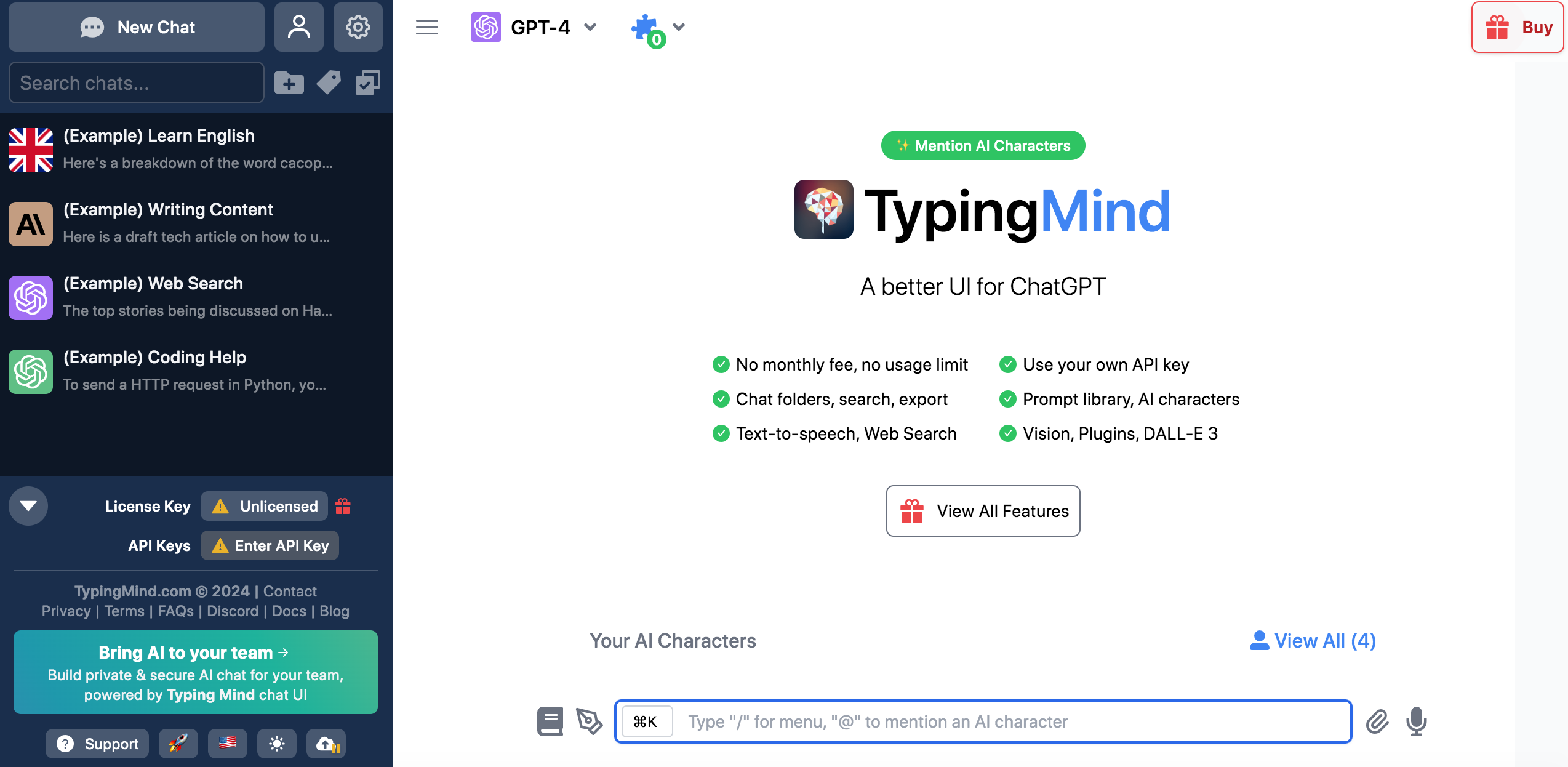I. Introduction
Gaming has always been a popular pastime, and with the advent of Web3, it is poised to become even more exciting. Web3 is a new paradigm for the internet, one in which blockchain technology and decentralized systems are used to create a more secure and transparent online experience. In this article, we will explore the potential of Web3 for gaming, including the use of non-fungible tokens (NFTs) and decentralized gaming platforms.
II. What is Web3?
Web3 is the next iteration of the internet, in which blockchain technology and decentralized systems are used to create a more secure and transparent online experience. Web3 allows for peer-to-peer transactions and eliminates the need for middlemen, such as banks or other financial institutions.
III. The Current State of Gaming
Currently, the gaming industry is dominated by centralized platforms, such as Steam or PlayStation Network. While these platforms offer a range of games and features, they are also subject to centralized control and censorship. Additionally, the in-game economies of these platforms are often subject to manipulation and fraud.
IV. The Potential of Web3 for Gaming
Web3 has the potential to revolutionize the gaming industry, providing new opportunities for game developers and players alike. With Web3, game developers can create decentralized games that are not subject to centralized control. This means that players have more control over their gaming experience and the in-game economy is less susceptible to manipulation and fraud.
Web3 also allows for the creation of true ownership of in-game items and assets. This means that players can truly own their virtual assets and can trade them on decentralized marketplaces, providing a new source of income for gamers.
V. NFTs in Gaming
Non-fungible tokens (NFTs) are unique digital assets that can represent ownership of a specific item or piece of content. NFTs can be used in gaming to represent in-game items, such as weapons or skins. This allows for true ownership of these items and provides a new source of income for players.
Additionally, NFTs can be used to create new game mechanics, such as “play-to-earn” games. In these games, players can earn NFTs by playing the game, which can then be traded on decentralized marketplaces for other assets or even real-world currency.
VI. Decentralized Gaming Platforms
Web3 also allows for the creation of decentralized gaming platforms. These platforms are not subject to centralized control and allow for peer-to-peer transactions. Decentralized gaming platforms can provide a more secure and transparent gaming experience, with less risk of censorship or fraud.
Decentralized gaming platforms can also provide a new source of income for game developers, as players can earn tokens by playing the game. These tokens can then be used to purchase in-game items or traded on decentralized marketplaces.
VII. Challenges and Risks
While Web3 has the potential to revolutionize the gaming industry, there are also challenges and risks associated with its use. One of the biggest challenges is the issue of scalability. Currently, many Web3 platforms are unable to handle the volume of transactions required for large-scale gaming platforms.
Another challenge is the issue of user adoption. While Web3 platforms offer many benefits over centralized platforms, they are still relatively new and may be difficult for users to navigate.
Finally, there is also a risk of fraud and manipulation in decentralized gaming platforms. While Web3 provides a more secure and transparent platform, bad actors may still try to exploit the system for their own gain.
VIII. Conclusion
Web3 has the potential to revolutionize the gaming industry, providing new opportunities for game developers and players alike. The use of non-fungible tokens and decentralized gaming platforms can create a more secure and transparent gaming experience, with true ownership of in-game assets and new sources of income for players. However, there are also challenges and risks associated with the use of Web3 in gaming, such as scalability issues and the risk of fraud and manipulation. As Web3 continues to evolve, it will be interesting to see how it transforms the gaming industry and what new opportunities it will bring.
